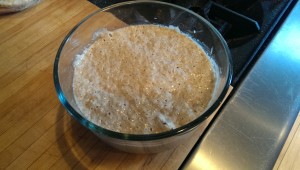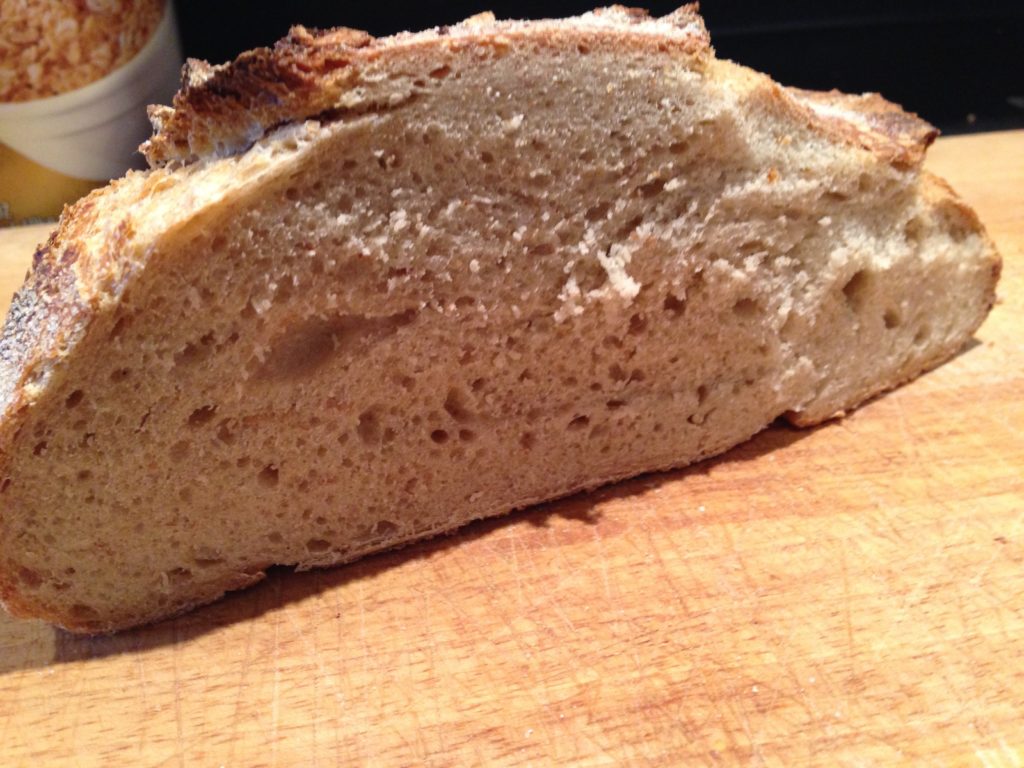
One of the things I want to do on this site is to share with you the (many) mistakes that I make as a home baker. Not all breads are beautiful, not all loaves are perfect. For one reason or another, I often mess up and want to use this space to share with you pitfalls you will likely face when baking in your own kitchen.
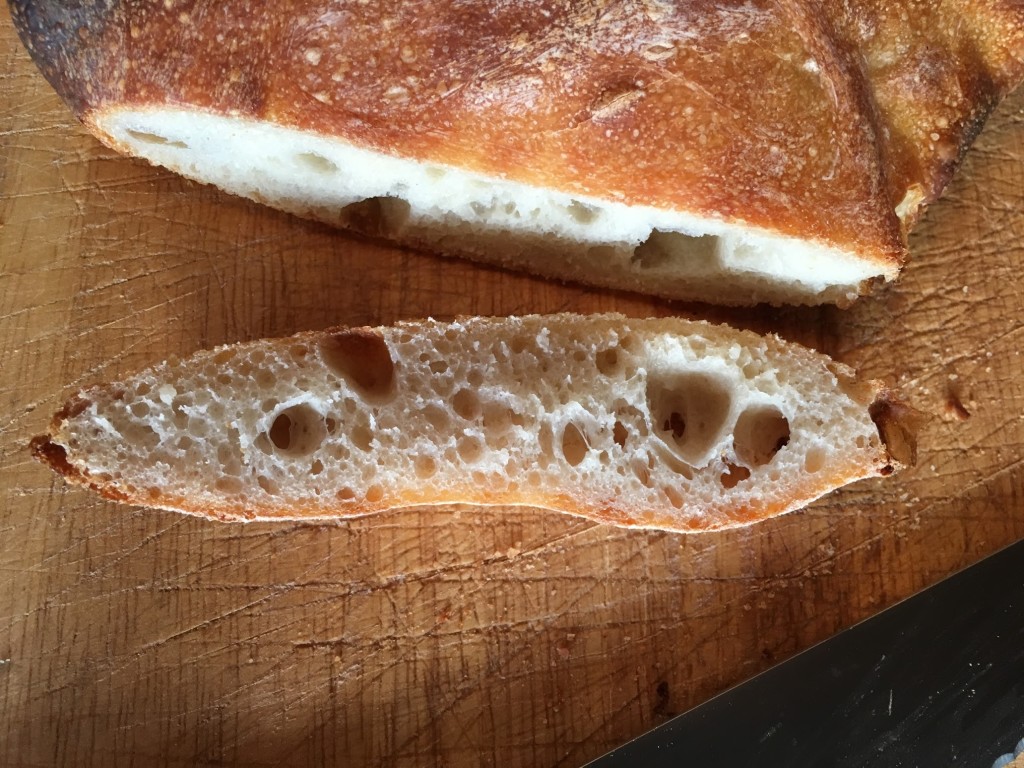
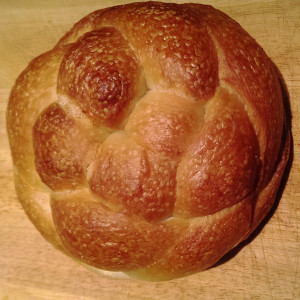

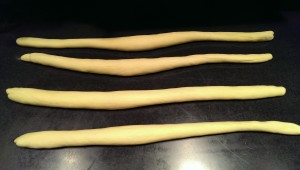
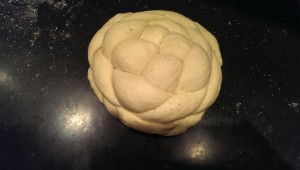
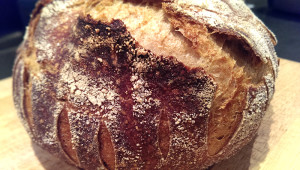
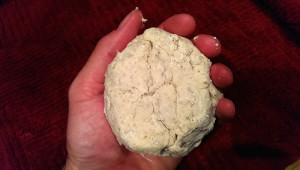


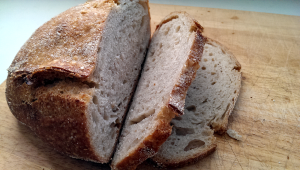 It’s been warm here in Central PA for the last few weeks so it’s a wonder that I concocted this recipe. Oatmeal and Rye make me think that it would pair well with hearty soups or stews but, as it turns out, this light and tangy bread is a nice companion to PB&J, butter, eggs, or just about anything else. The flavors are pretty subtle but definitely there. It’s certainly a bread whose recipe I’ll keep around and I’ll probably try it again this winter, maybe with a hearty soup!
It’s been warm here in Central PA for the last few weeks so it’s a wonder that I concocted this recipe. Oatmeal and Rye make me think that it would pair well with hearty soups or stews but, as it turns out, this light and tangy bread is a nice companion to PB&J, butter, eggs, or just about anything else. The flavors are pretty subtle but definitely there. It’s certainly a bread whose recipe I’ll keep around and I’ll probably try it again this winter, maybe with a hearty soup!
